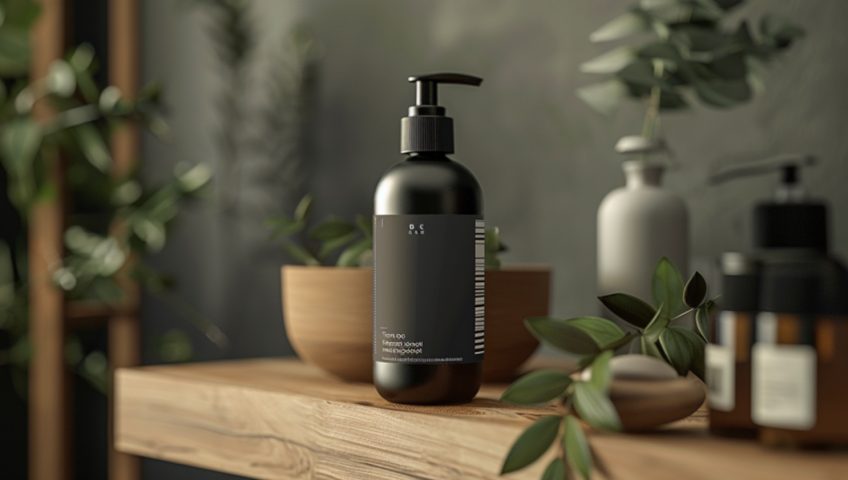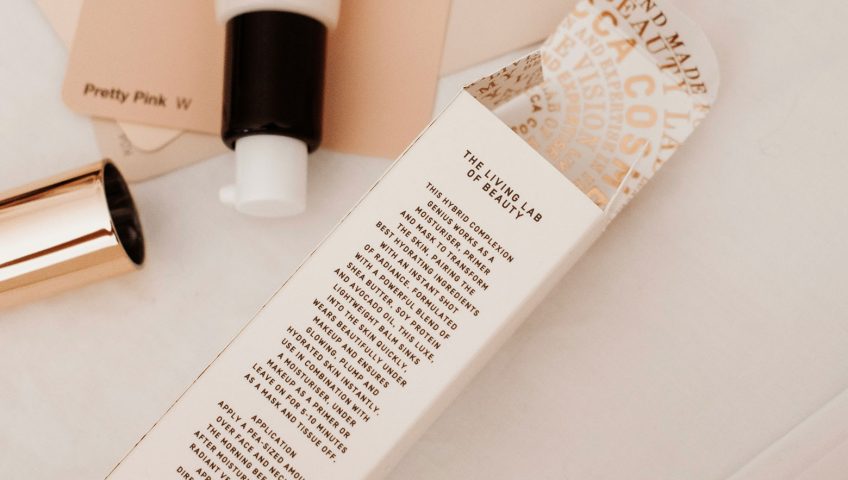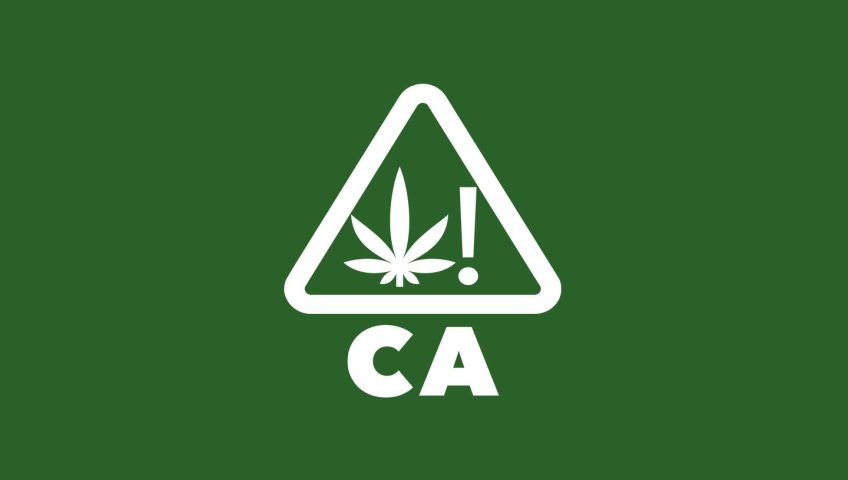
Best Practices for Using Clear Labels
Whether you are looking for packaging labels, return address labels, product labels, etc., clear labels are a great alternative to opaque labels, because they offer new ways to display your products.
Clear product labels highlight what’s inside clear containers, and they can use the color of opaque containers as part of their design. Only the print is visible on these stickers, letting you get the look of a die-cut sticker or a printed container without the high cost. These features have made simplified prints with clear labels a major design trend.
However, using these labels also comes with unique issues. Making print visible and easy to read is difficult, while these crystal clear labels put package imperfections front and center. These best practices will help you solve design and application issues before you place your first transparent label order.













